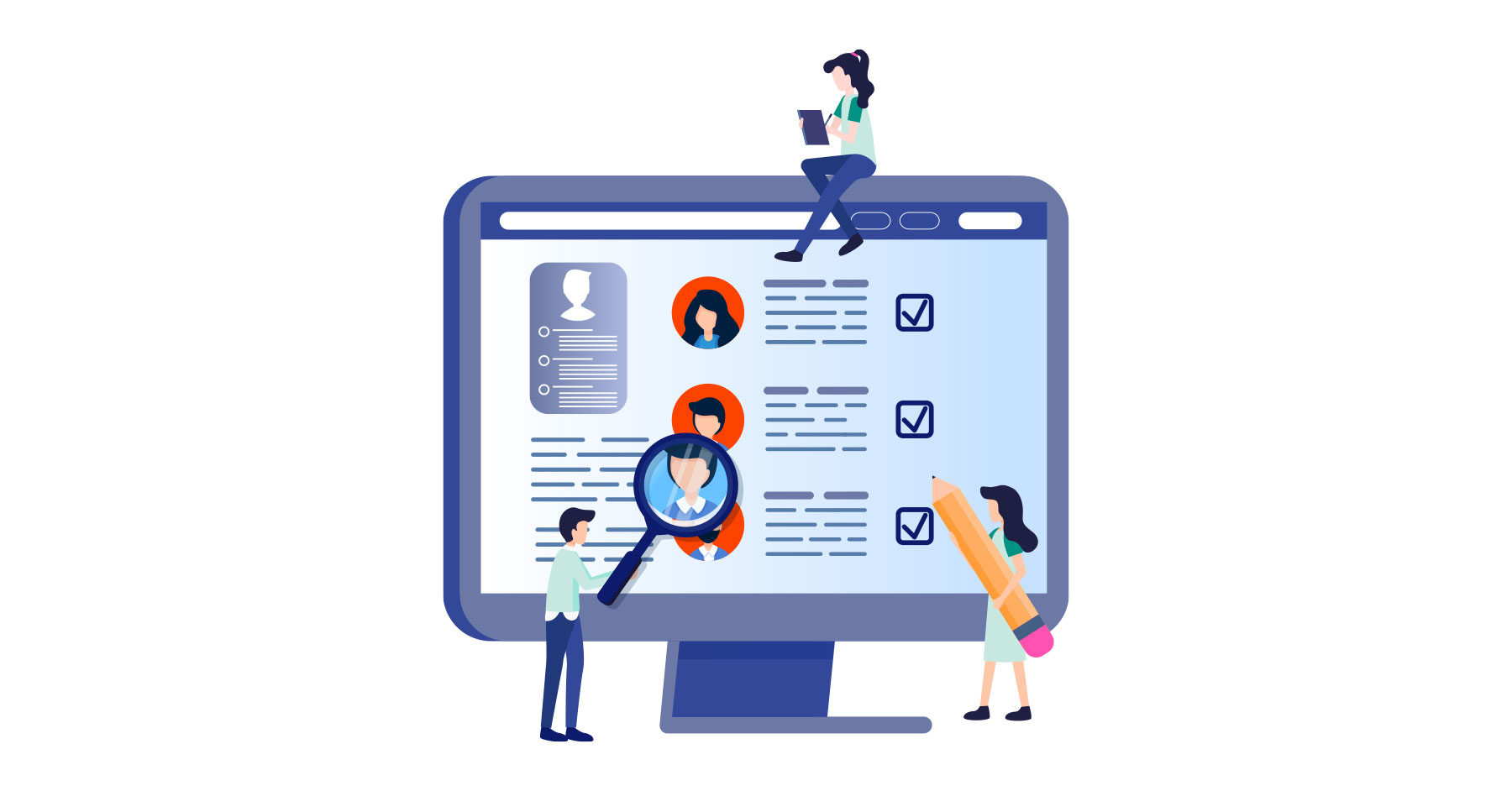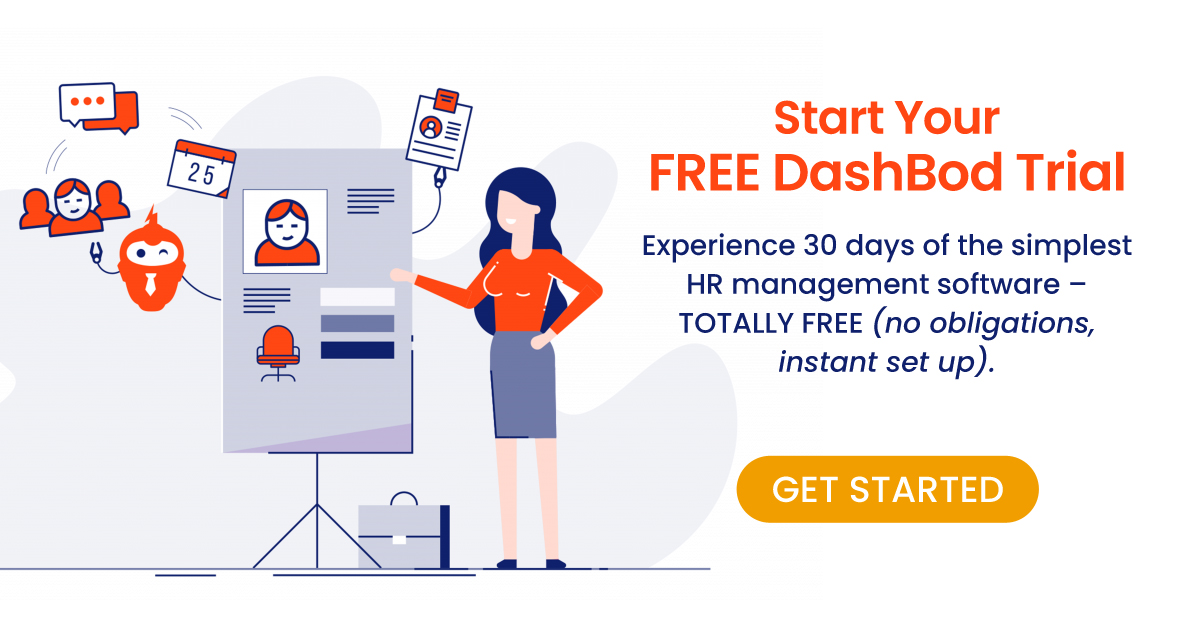The most time-consuming and frustrating award in an HR department goes to… (drumroll)… keeping employee records!
Jokes aside, this can be an extremely tedious task. How much time do you spend filing, retrieving, accessing, and updating your employee records?
If your company like most SMEs, this seemingly unproductive task is one that your HR team spends unnecessary hours on.
Scale your company up to a few hundred employees and you’ve got yourself thousands of employee records and thousands of hours spent on them. It can seriously hurt your productivity and things can go out of hand with just a little oversight.
Fortunately, there are ways to develop an efficient employee record keeping system that will make life simpler for you and help your company stay compliant.
What Employee Records Do I Need to Keep?
From 1 April 2016, the Ministry of Manpower (MOM) stated that all employers must maintain detailed employment records of employees covered by the Employment Act.
Personal Records
The HR team should always stay updated on manpower regulations and have a system to keep employee records safe. Navigating your way around employee records can require a bit of research and precaution. So here is a list of mandatory employee records to maintain.
Mandatory Details
| 1 | Address |
| 2 | NRIC number/Work pass number and expiry date |
| 3 | Date of birth |
| 4 | Gender |
| 5 | Date of starting employment |
| 6 | Date of leaving employment |
| 7 | Working hours, including duration of meals and tea breaks |
| 8 | Dates and other details of public holidays and leave taken |
Contact Details (optional)
- Contact number – XXXXXX64
- Email address – richardwee@gmail.com
- Address for correspondence – 10 Toa Payoh Avenue 1, #12-241
- Emergency contact number – XXXXXX92
- Emergency contact person – Ashley Goh
- Relation with emergency contact person – Wife
- Medical details provided – Yes
Employment records
Employment records consist of details about the employee’s past experience, bank details, referrals, previous managers and many others. These are good to track and can be added into your statistics of HR metrics. Information like this can help you optimise workplace performance.
Mandatory Salary and Payroll Details
| 1 | Full name of employer |
| 2 | Full name of employee |
| 3 | Date of payment (or dates, if the payslip is to be made in multiple payments) |
| 4 | Basic salary For hourly, daily or piece-rated workers, indicate all of the following: - Basic rate of pay, e.g. $X per hour - Total number of hours or days worked or pieces produced |
| 5 | Start and end date of salary period |
| 6 | Allowances paid for salary period, such as: - All fixed allowances, e.g. transport - All ad-hoc allowances, e.g. one-off uniform allowance |
| 7 | Any other additional payment for each salary period, such as: - Bonuses - Rest day pay - Public holiday pay |
| 8 | Deductions made for each salary period, such as: - All fixed deductions, e.g. employee’s CPF contribution - All ad-hoc deductions, e.g. deductions for no-pay leave, absence from work |
| 9 | Overtime hours worked |
| 10 | Overtime pay |
| 11 | Start and end date of overtime payment period (if different from item 5 start and end date of salary period) |
| 12 | Net salary paid in total |
You might also be interested in: How to choose the best payroll and accounting software for your small business
Job Details (optional)
- Job position – Accounting Manager
- Job description – Analyze, records, track and audit financial information, oversee teams
- Skills and expertise – Audit, proficient in accounting software
- Location – Singapore
- Current Projects – Manhattan Project
Awards and Achievements (optional)
- Academic achievements – Bachelor of Business Administration, Master of Finance
- Job-related awards – 5-year service award
- Employee of the month – Mar 2019, May 2019, Sep 2019
- Professional certifications/association awards – CPA
How long to keep employee records
| Format | Soft or hard copy, including handwritten |
| For how long? | - For current employees: Latest two years. - For ex-employees: Last two years, to be kept for one year after the employee leaves employment |
Refer to MOM’s website for the latest updates on employee record keeping.
Employee Resignation and Termination
Do employers have to keep records of former employees even after termination? Yes, all the records that the company stored from the time of employment to termination, must be kept for 2 years. The term “employee termination” covers several areas such as:
- Voluntary resignation
- Involuntary termination (whatever the reason might be)
- Retrenchment
- Retirement
- Failure of probation
- Completion of contract
Employee information should be stored in the care of the Human Resource department and should only be available to staff on a need-to-know basis.
Hiring and Applicant Data
During your recruitment process, there’s a lot of data that comes your way. There’s communication prior to the hire, during the selection process, up to the point of contract signing. For example:
- CVs, cover letters, resumes
- Email/message exchange prior to the interview
- Interview notes and recordings
Ideally, you want to keep this information for at least 6 months. This is the period of time during which a discrimination claim could be filed against your organisation.
The data you collect and keep is crucial in defending potential claims.
If you want to keep this information for longer than six months, for example for future opportunities, it’s a good idea that you seek consent from applicants.
If they do not give you consent, you should remove their information from your system to avoid infringing the General Data Protection Regulation (GDPR).
How to Make your Employee Record Keeping More Efficient
Now that you know which employee records you to keep, it’s time to answer the second question: How do you properly maintain employee records?
Make all records digital
Are you still keeping physical records in boxes or filing cabinets? If so, this might be 1) unnecessary work for your team 2) a security risk and 3) compliance risk.
Physical files are in danger of being stolen, compromised or misplaced. They could also easily be damaged by flooding, fire or by casual accidents. By storing documents digitally, you increase efficiency as well as security.
For papers that need to be stored, simply scan and upload it into a cloud-based storage system to be accessed easily.
Consider an HR Management Software
Even better, have all your HR documents in an HR management software. It’s a valuable tool to save countless hours and ensure compliance with Singapore legislation.
An HR software not only helps in keeping employee records but it also allows current employees to perform self-service actions like leave applications, updating of personal information and reporting.
Everything from performance records to payslips to tax records can be stored in one central, convenient location.
Furthermore, most cloud-based HR management software have added security features like backups in external servers and two-factor (or three-factor) logins such as NRIC, OTP and passwords.
Your Next Steps
Employee record keeping can be messy and frustrating. The best way to go about it is by having a system you can trust, to do the organising, retrieving and analysing for you. All you have to do to track documents is to click a few buttons and spend time doing what you love to do: helping your people.
Choose an HR software platform with the right features and an impeccable support team.



